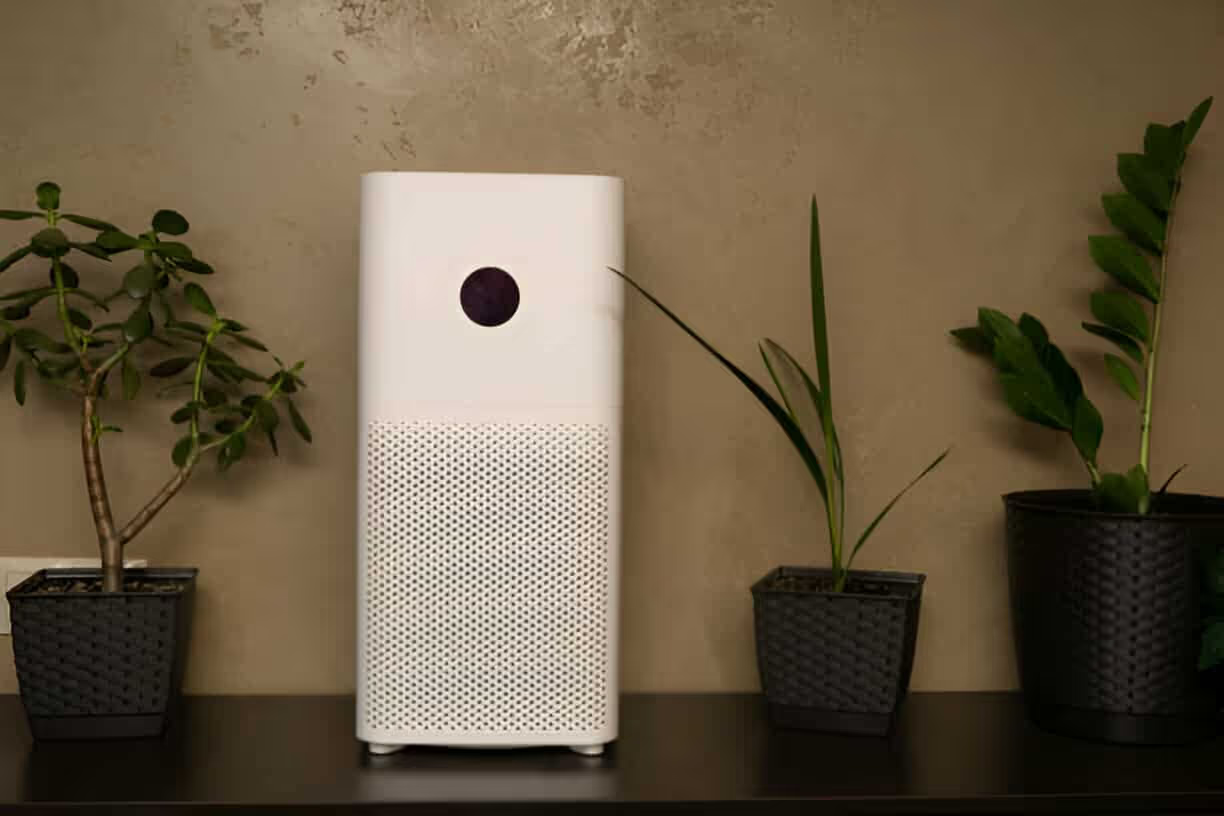Indoor air quality is one of the most important yet often overlooked factors affecting comfort, health, and long-term value in Kalamazoo homes. Between humid Michigan summers, cold dry winters, seasonal pollen, and older housing stock with basements and legacy ductwork, residents face a mix of airborne particulates, allergens, mold risk, and volatile organic compounds that can trigger allergies, asthma, headaches, sleep disruption, and chronic respiratory symptoms. Understanding the problem, getting a proper assessment, and choosing the right combination of remediation and ongoing monitoring is essential for measurable, lasting improvement.

Common indoor air quality issues in Kalamazoo homes
Kalamazoo’s climate and housing patterns make the following problems especially common:
- Particulate matter (PM2.5 and PM10): Fine dust from traffic, wood stoves, construction, and tracked-in soil accumulates indoors, particularly in older homes and rentals.
- Allergens (pollen, pet dander, dust mites): Spring and summer pollen seasons plus indoor reservoirs in carpets and upholstery drive year-round symptoms for sensitive residents.
- Mold and dampness: Basements, crawlspaces, and poorly ventilated bathrooms or kitchens are frequent sources of mold growth during humid months.
- Volatile organic compounds (VOCs): Paints, solvents, cleaning chemicals, new furnishings, and building materials can raise VOC levels, especially during renovations or in tightly sealed homes.
- Poor ventilation and stale air: Homes with inadequate fresh-air exchange trap pollutants; energy-efficient upgrades without ventilation balance can worsen indoor concentrations.
- Humidity extremes: High summer humidity promotes mold; low winter humidity causes dry air, increased viral transmission risk, and aggravated respiratory conditions.
Diagnostic and assessment services — what’s included
A thorough indoor air quality assessment goes beyond a single reading. Typical diagnostics include:
- Particulate testing: Continuous and spot measurements of PM2.5 and PM10 to quantify fine and coarse particles.
- Allergen sampling: Targeted sampling for pollen, pet dander, and dust mite allergens in living areas and bedrooms.
- VOC testing: Air sampling for common volatile organic compounds, formaldehyde, and total VOC load during both occupied and unoccupied conditions.
- Mold investigation: Visual inspection, moisture mapping, surface and air sampling for mold spores, and thermal imaging to detect hidden moisture intrusion.
- Humidity and temperature logging: Multi-day monitoring to identify seasonal patterns and problem periods.
- HVAC and duct evaluation: Inspection of filters, coils, duct tightness, and airflow balance, often including surface swabs or tape lift tests when necessary.
Reports typically include baseline measurements, identified sources, risk assessment for occupant health, and prioritized recommendations.
Recommended solutions for Kalamazoo homes
No single fix solves every indoor air concern. Effective treatment combines source control, ventilation, filtration, and humidity management:
- Source control and remediation
- Identify and eliminate moisture intrusion, fix leaks, and remediate mold-contaminated materials following industry standards.
- Replace or remove high-VOC materials and switch to low-VOC paints and cleaning supplies.
- HEPA filtration
- High-efficiency particulate air (HEPA) filtration in central systems or room units reduces PM2.5, allergens, and many airborne pathogens. Portable HEPA units are effective in bedrooms and living areas.
- UV germicidal irradiation
- UV-C lamps placed in HVAC systems can reduce microbial growth on coils and limit airborne bacteria and viruses when used properly with filtration.
- Ventilation upgrades
- Balanced ventilation with energy recovery ventilators (ERV/HRV) provides controlled fresh air while minimizing energy loss—important in Kalamazoo’s cold winters and humid summers.
- Humidity control
- Whole-house dehumidification in summer prevents mold growth; humidification in winter maintains comfortable humidity and reduces respiratory irritation.
- Duct cleaning and sealing
- NADCA-standard duct cleaning and professional sealing reduce dust reservoirs and improve system efficiency and airflow distribution.
Inspection, installation and remediation process
A reliable approach follows clear, documented steps:
- Intake & occupant history: Collect symptoms, recent renovations, HVAC history, and known moisture events.
- On-site inspection: Visual walkthrough, moisture checks, thermal imaging, and targeted sampling where indicated.
- Testing phase: Short-term or multi-day sampling for particulates, VOCs, mold, and humidity logging.
- Analysis & report: Clear findings, identified sources, health risk summary, and prioritized recommendations with expected outcomes for each option.
- Remediation & installation: Source remediation (mold removal, leak repair), HVAC work (filtration upgrades, UV installation, ERV/HRV integration), and duct cleaning performed to industry standards. Mold remediation follows IICRC S520 guidelines where applicable.
- Verification testing: Post-remediation sampling and airflow measurement to confirm reductions in contaminants and proper system operation.
- Documentation: Provide a final report with before-and-after data, maintenance recommendations, and certification references for any specialized work.
Customer Testimonials

Financing
Flexible financing options are available to help you get the comfort you need without the upfront financial stress.








